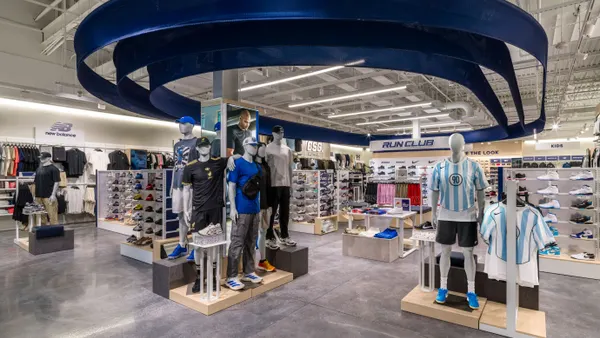Dive Brief:
-
About 59% of technology gift shoppers bought or planned to buy those gifts online during the Black Friday shopping weekend, slightly more than the 58% who bought or planned to buy in brick-and-mortar stores, marking the first time online took the edge over physical stores for such purchases, according to a study from the Consumer Technology Association (CTA).
-
The study, titled "2018 Holiday Outlook Series, Part Two: Black Friday Week," also suggested 54% of U.S, adults shopped or planned to shop on Cyber Monday, compared to 48% on Black Friday, the second straight year the online sales day was more popular.
-
Among the 75% of shoppers who looked online to buy last week, 55% said they were doing so from desktop or laptop computers, while 45% shopped from mobile smartphones or tablets, and 12% used a voice-activated virtual assistant.
Dive Insight:
It comes with little surprise that CTA's study found that the most-purchased technology gifts were the ones with the most-hyped deals, including: 4K Ultra High-Definition ecosystem, video game consoles and smart speakers. In fact, 29% of tech gift shoppers said the holiday weekend deals were overall better than they had anticipated.
Consumer technology devices, especially items like TVs, video game consoles and headphones, are products that shoppers tend to want to try before they buy, while seeking advice from store associates. Those inclinations are things that send shoppers into brick-and-mortar stores. If more shoppers now appear ready to buy those items online and via mobile, it may mean retailers are doing a more thorough job of providing customers with more product photos; better descriptions and tech specs; expert insights and easy to access customer feedback sections.
Strong online sales of technology gifts are great news for retailers that specialize in that segment, like Best Buy and GameStop. Although, it may not be such good news for those that operate a lot of physical stores, like, well, Best Buy and GameStop. The percentage of online buyers barely surpassed that of in-store shoppers, and it's clear consumers are buying from both sources right now. Still, this migration is one to keep an eye on.













